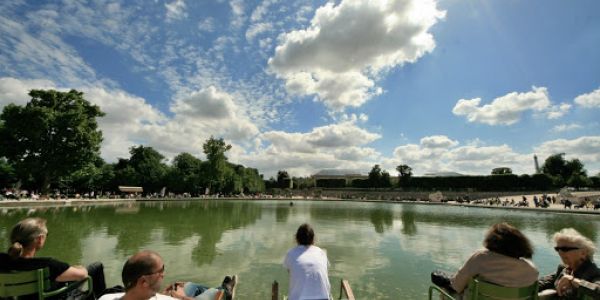
Tuileries
The Tuileries neighborhood in the 1st arrondissement of Paris is known for the Tuileries Garden -Jardin des Tuileries, which separates the museum... Read more

The Tuileries neighborhood in the 1st arrondissement of Paris is known for the Tuileries Garden -Jardin des Tuileries, which separates the museum... Read more
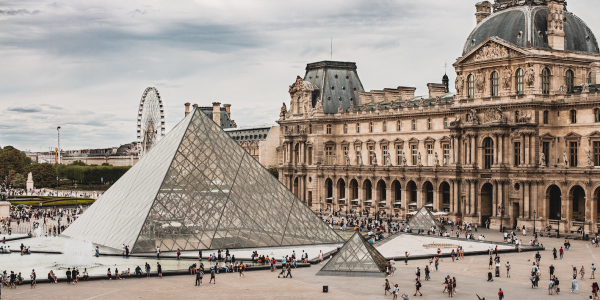
The Louvre neighborhood is one of the most beautiful areas in Paris. Bordered by the Seine, it offers beautiful perspectives while strolling... Read more
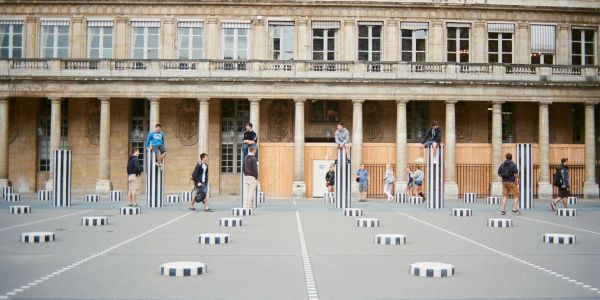
Close to the Louvre, the Palais Royal district is a Mecca for the history of France and Parisian life. It is surrounded by rue St Honoré, place Colette...Read more
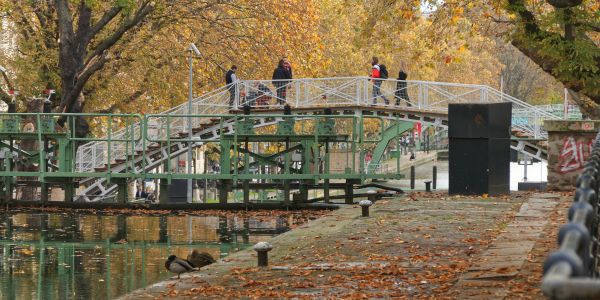
Canal St.Martin it is a 4.55km long canal that originally intended to provide drinking water in the capital. Canal St.Martin ... read more
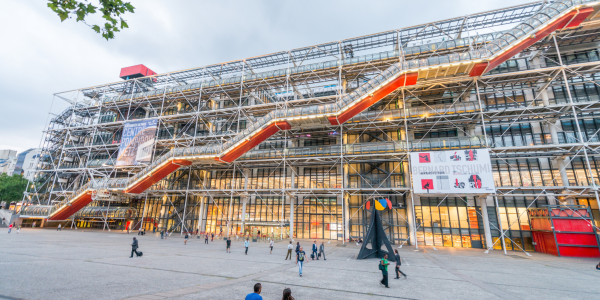
Le Haut Marais, north of the historic Marais district in Paris, is a trendy, artistic area known for its chic shops, art galleries, trendy cafes... Read more
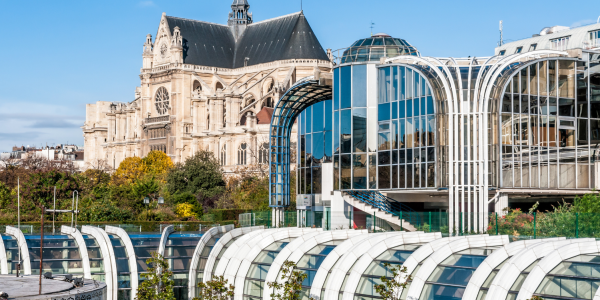
Located in the 1st district, Les Halles is a dynamic neighborhood with many shops, restaurants, and convenient public transportation...Read more
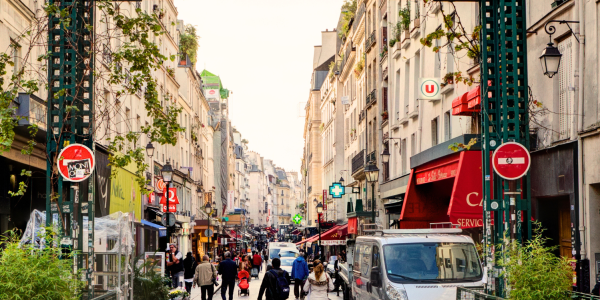
With its small pedestrian and cobbled streets, the Montorgueil district in the 2nd arrondissement has great charm... Read more
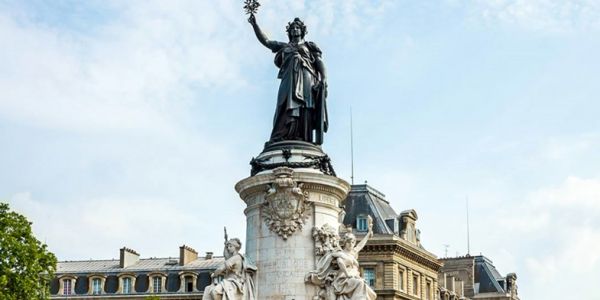
The République neighborhood is a vibrant and historic area located in the 10th, 11th, and 3rd districts of Paris...Read more
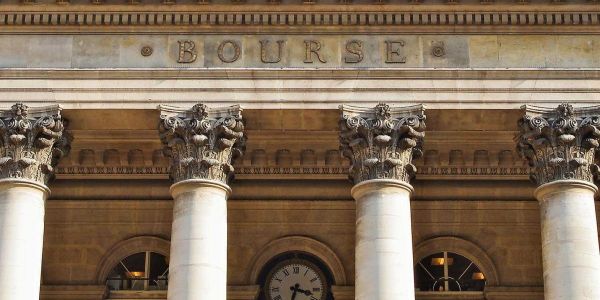
Located between Place de la Concorde and the Louvre Museum, the Stock Exchange district takes its name from ... Read more
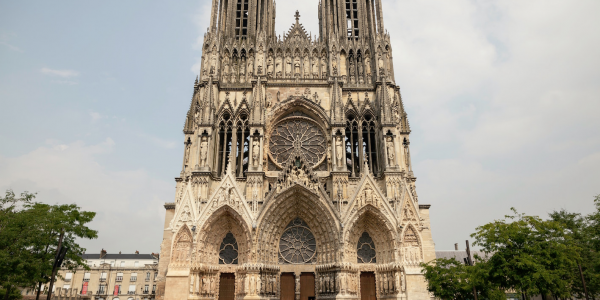
Like Île Saint-Louis, Île de la Cité is one of the natural islands of Paris on the Seine. Ile de la Cité, formerly Letèce ... Read more
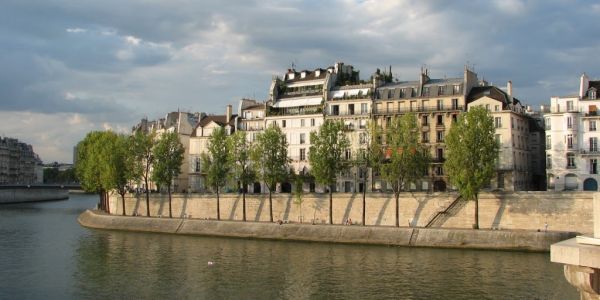
Ile Saint-Louis is a haven of tranquility nestled in the heart of Old Paris. A privileged residential area since the 17th century, the islet ... Read more
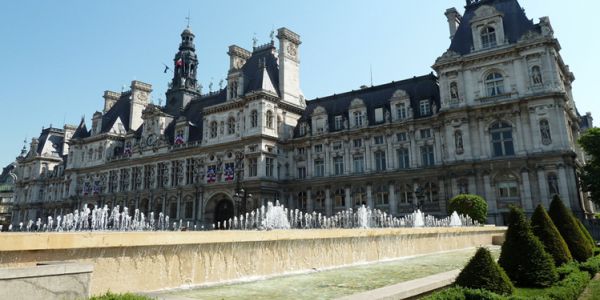
The Marais takes its name from an ancient marsh rehabilitated since the 12th century. This historic district is one of the most... Read more
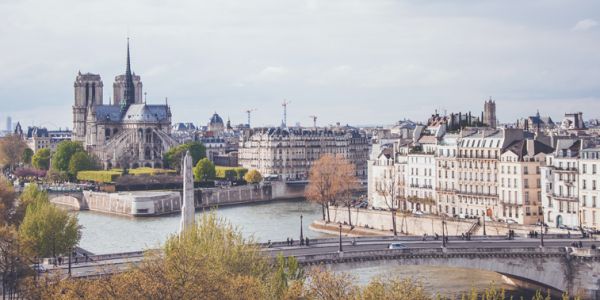
The Latin Quarter is the historic heart of the French capital, as well as the heart of Parisian intellectual life. Situated in ... Read more
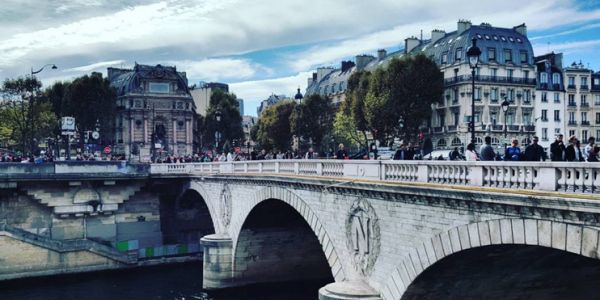
Located in the 5th and 6th arrondissement of the city on the left bank of the Seine, the Saint Michel district borders ...Read more
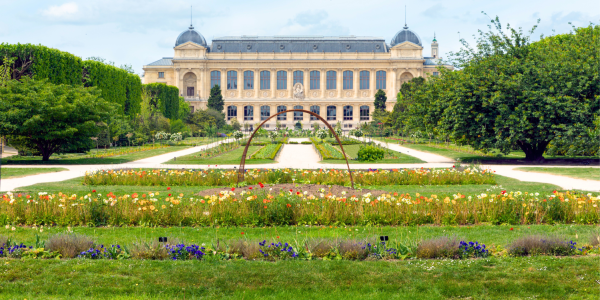
The Jardin des Plantes neighborhood is situated in the 5th district of Paris, adjacent to the Latin Quarter...Read more
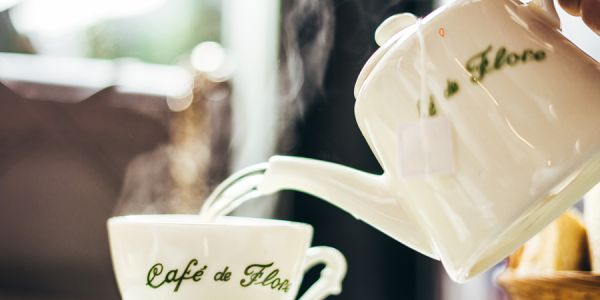
Nestled in the heart of the 6th arrondissement of Paris, this very chic and trendy district has always been a Mecca... Read more
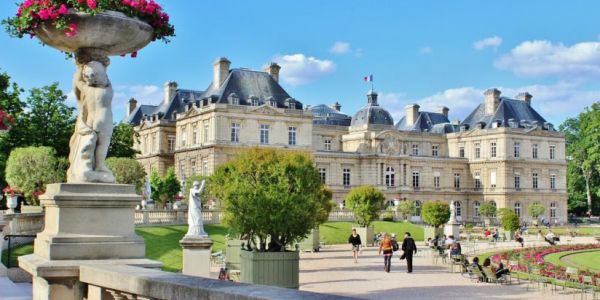
Surrounded by the Latin Quarter, Saint-Germain-des-Prés and Montparnasse, the Luxembourg district is a vital capital site...Read more
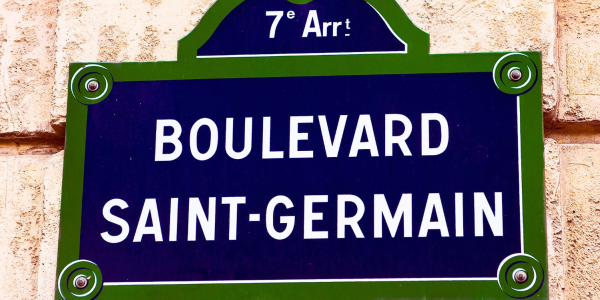
The chic Bac - St Germain district is located between rue du Bac, with many high-end shops, and the famous Boulevard St Germain...Read more
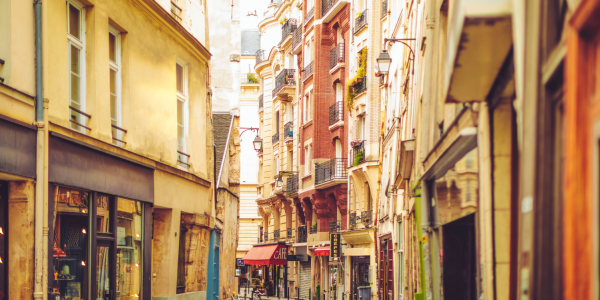
The Censier neighborhood in Paris' 5th district is a vibrant and eclectic area known for its blend of historical charm and youthful energy...Read more
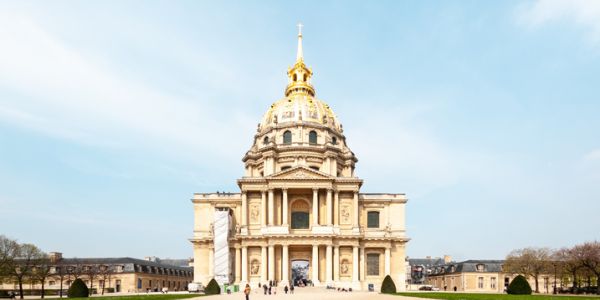
This district of Invalides brings together the Hôtel National des Invalides, Le Palais-Bourbon which hosts the National Assembly... Read more

From the Champ-de-Mars, the majestic facade of the Ecole Militaire is impressive. Built during the reign of Louis XV, these ... Read more
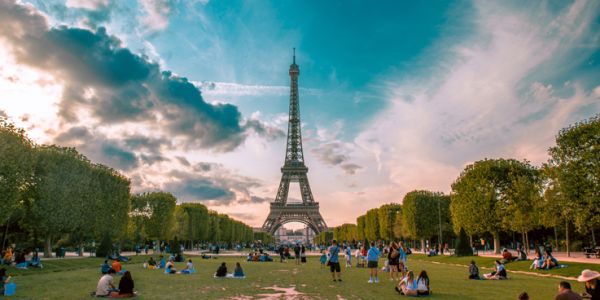
Located in the 7th arrondissement center and overlooking the chic districts, the Eiffel Tower is a real pleasure to discover... Read more
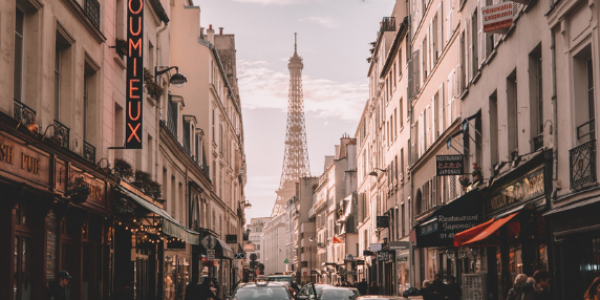
Bordering the Left Bank of Seine, the Gros Caillou (big stone) Neighborhood has become a trendy new address in Paris' 7th district.
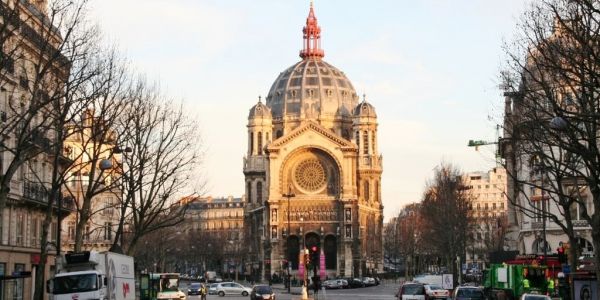
The Saint-Augustin district is located in the 8th arrondissement of Paris, around L'Eglise Saint-Augustin, at the crossroads ... Read more
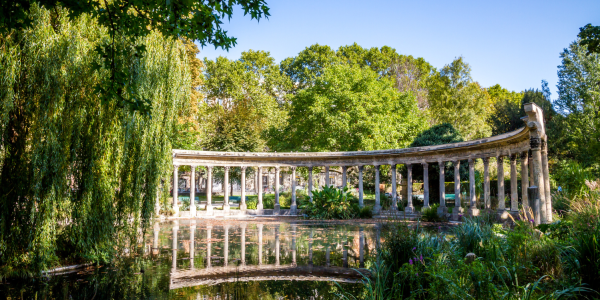
Parisians go from one arrondissement to the other by crossing the magnificent Parc Monceau, a haven of calm and convivial atmosphere... Read more
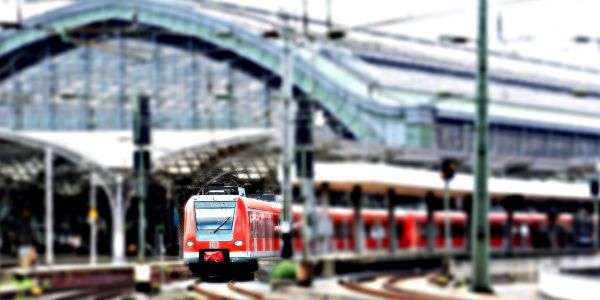
The Saint Lazare neighborhood is a vibrant area centered around the Gare Saint-Lazare, offers many famous department stores... Read more
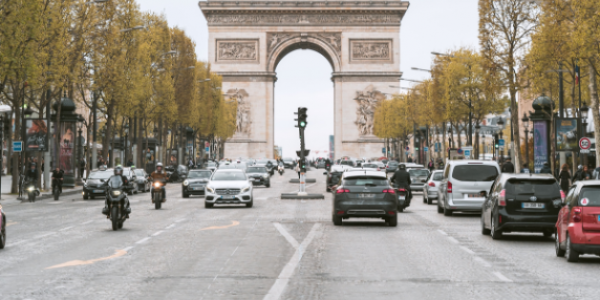
The Champs-Elysées district links the Arc de Triomphe to the Place de la Concorde and is distinguished mainly by its famous ... Read more
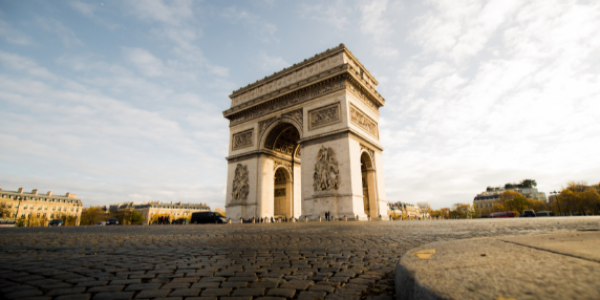
Known worldwide, the Place de l'Etoile is a must in Paris. Parisians appreciate this place with many symbols and real history... Read more
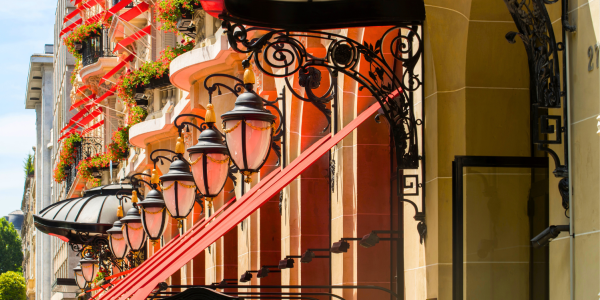
The Triangle d'Or is an upscale area bordered by Avenue Montaigne, Avenue George V, renowned for its luxury boutiques, high-end hotels... Read more
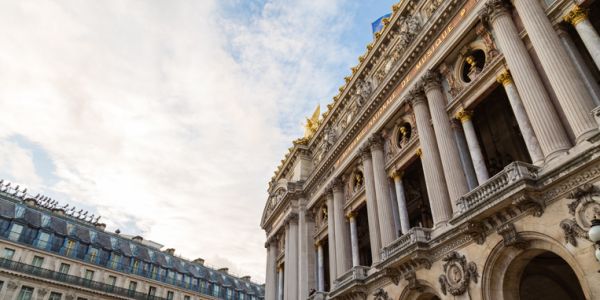
The Palais Garnier is the essential monument of the district: magnificent facade, marble columns, gilding, grand statues ...Read more
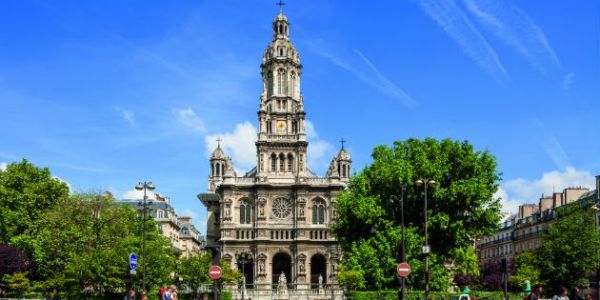
The Trinité neighborhood, located in the 9th district of Paris, is lively with many apartments, restaurants, cafés, and shops... Read more
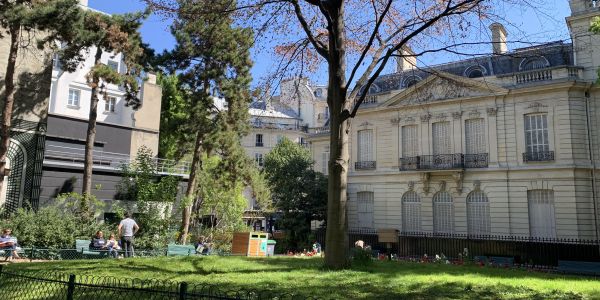
Saint Georges is a charming and trendy area in the 9th district of Paris close to Pigalle...Read more
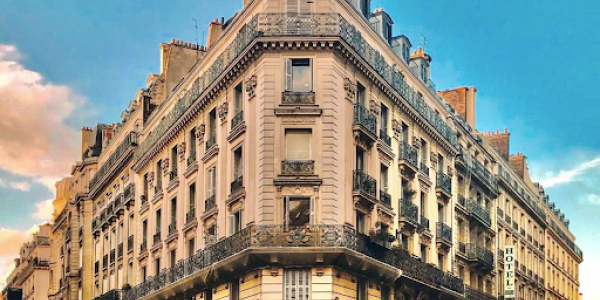
The area is located in the northeast of the 9th arrondissement of Paris, bordering Boulevard de Rochechouart, Rue ... Read more
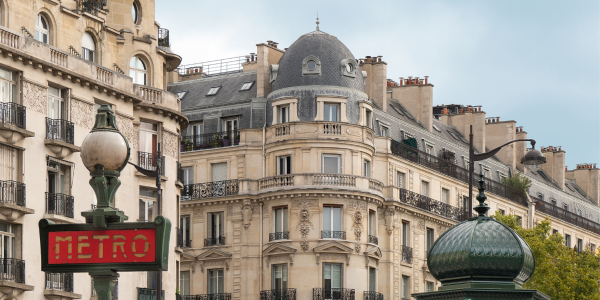
The Grands Boulevards is a lively area famous for its nightlife, trendy clubs, and the Art Deco-style Grand Rex cinema... Read more
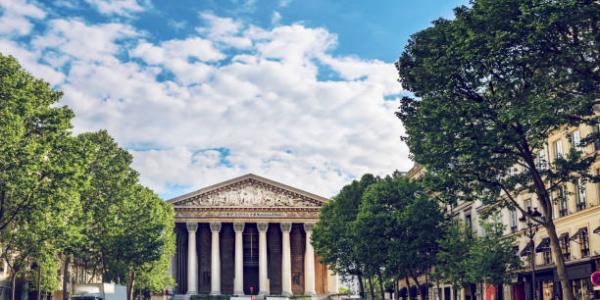
Place de la Madeleine being fairly central and well served, it is a daily crossing point for many Parisians. Named with the church Madeleine...Read more
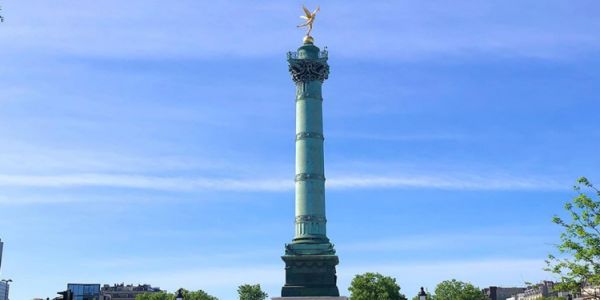
The Bastille district offers many faces: popular, boho, arty ... With its many cafes, bars and restaurants ... Read more
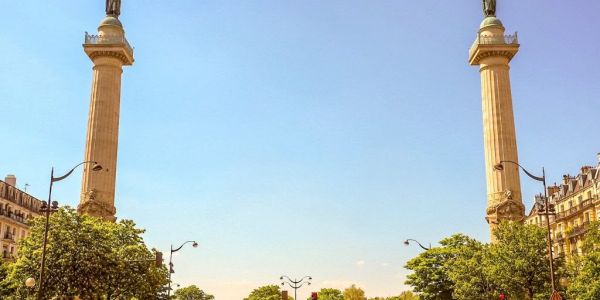
The National Mall is a huge circular crossroad and is the monument "Victory of the Republic" installed here in 1899 ...Read more
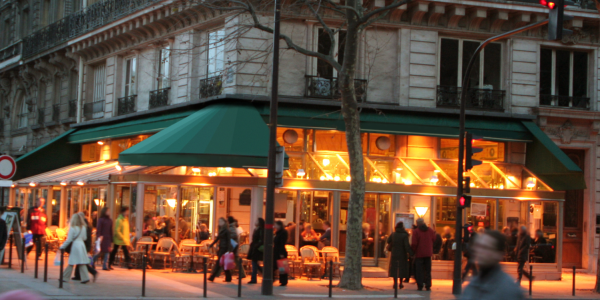
Oberkampf is a vibrant area in the 11th district of Paris, known for its lively nightlife, trendy bars, and restaurants...Read more
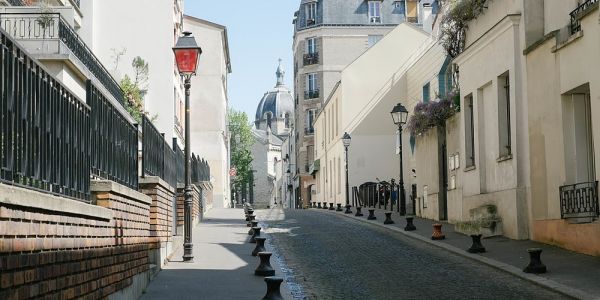
La Butte aux Cailles is one of the areas in Paris that has managed to preserve the rural soul. Butter dogs, often overlooked by ...Read more
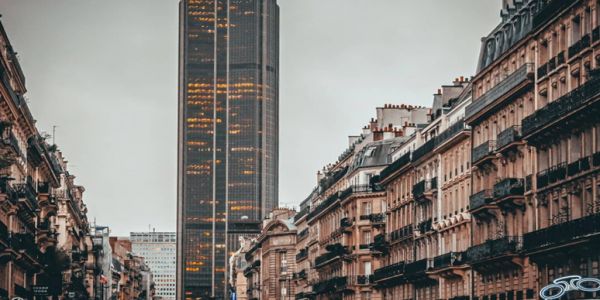
The Montparnasse tower dominates the district from the top of its 210 meters! Located north of the 14th ...Read more
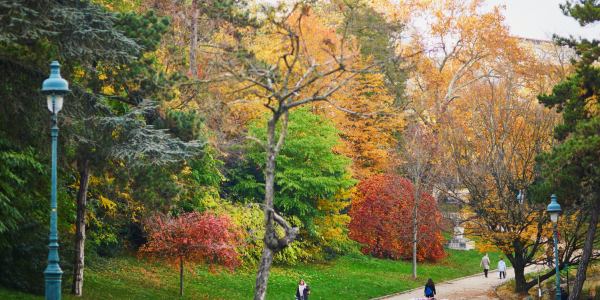
The Montsouris neighborhood in Paris' 14th arrondissement is a peaceful and charming area centered around the Parc Montsouris...Read more
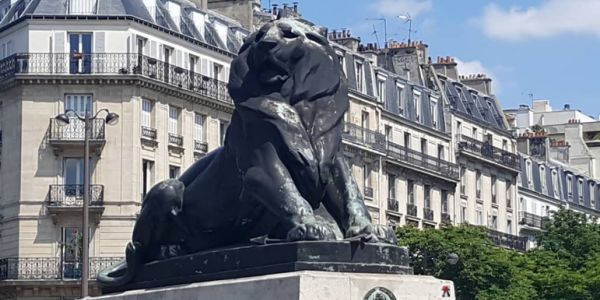
At the heart of the district, the vast Place Denfert-Rochereau, formerly called Place d'Enfer, and its colossal Lion of Belfort ... Read more
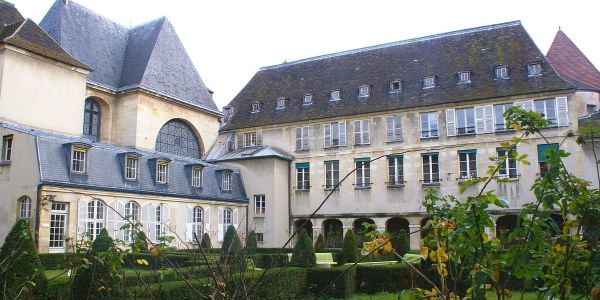
The Port Royal is a historical area in the 5th district of Paris known for its academic and medical institutions, including Hôpital Cochin... Read more
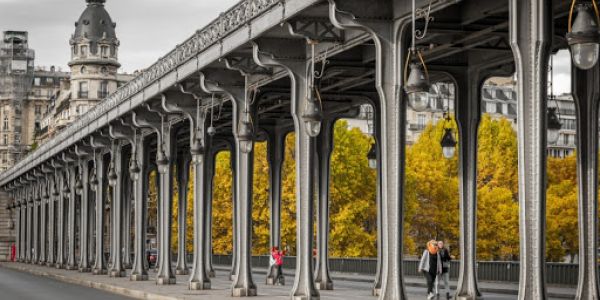
Until 1824, Grenelle was just a vast sandy plain, where the rabbit was the king. Besides, the name of Grenelle is a derivative... Read more
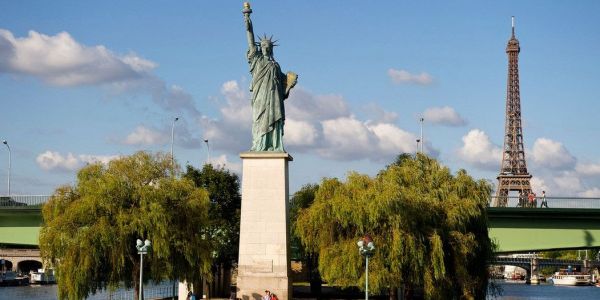
The name of bleach is no coincidence, it does come from the Javel district. This powerful disinfectant was then produced... Read more
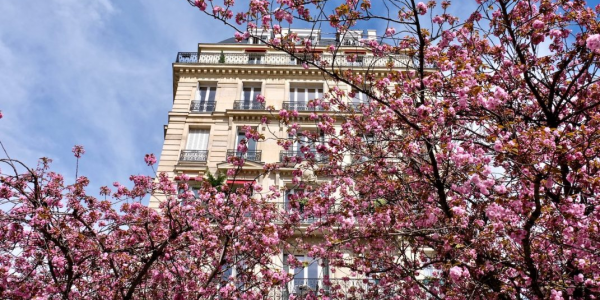
For tourists to the capital, the convention is certainly not a necessary passage. But this part of the 15th arrondissement ...Read more

The former small village of Wagrad, south of the City Hall in the 15th arrondissement, comes alive between the station of the same ...Read more
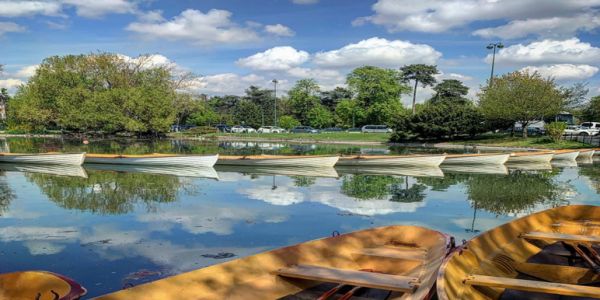
La Muette, like Passy and Ranelagh, away from traditional tourist circuits, are indeed emblematic districts of Paris ... Read more
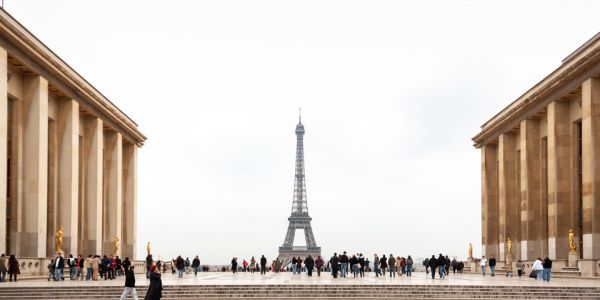
The Trocadéro district is located in the 16th arrondissement of Paris. From the esplanade of the Trocadero, Parisians ...Read more
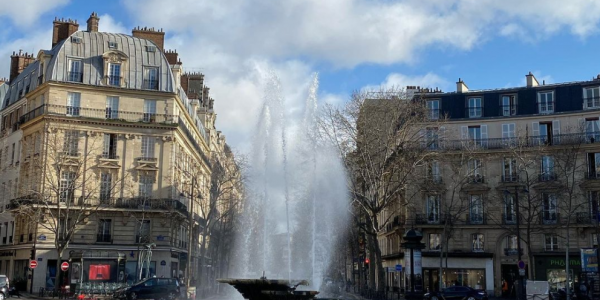
Place Victor Hugo in Paris is located in the 16th arrondissement, which is the largest district in the French capital in terms... Read more
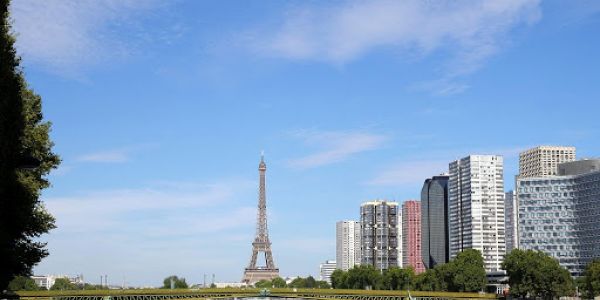
It is located in the 16th arrondissement between Bois de Boulogne and the Seine, and is full of streets with private...Read more
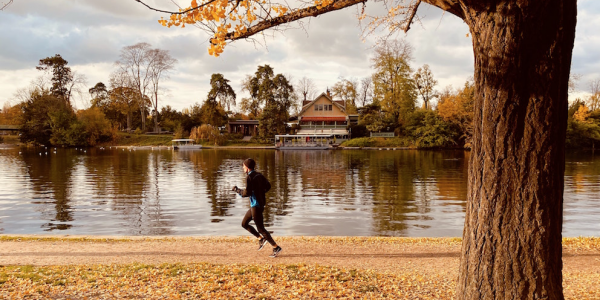
Bois de Boulogne is the hunting ground of the King of France and has become the largest recreational place ...Read more

A stone's throw from the Champs-Elysées, on the border of the Hauts-de-Seine department, this district is full ...Read more
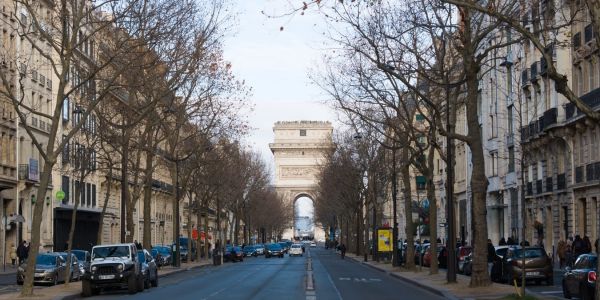
Wagram District is located in the 17th district of Paris. Located between Ternes and Villers, the Wagram metro station ...Read more
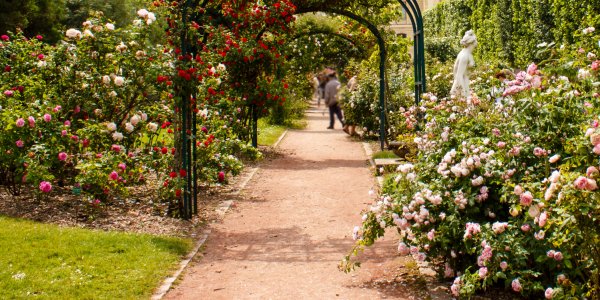
The Pereire district in the 17th arrondissement of Paris offers a lovely walk between Porte Maillot and Place du Maréchal Juin... Read more

You will find the Batignolles district in the east of the 17th arrondissement, between Place Clichy and Parc Monceau...Read more
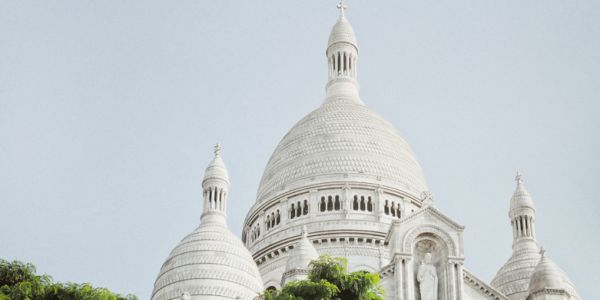
Montmartre is a district of the 18th arrondissement with authentic charm, famous for its magnificent view of Paris and ...Read more
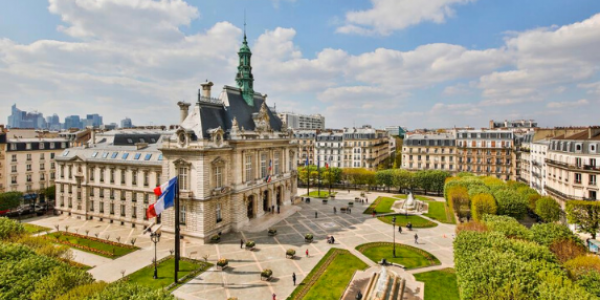
On the right bank of the Seine, Levallois-Perret is a modern industrial and residential suburb bordering Paris' 17th district...Read more
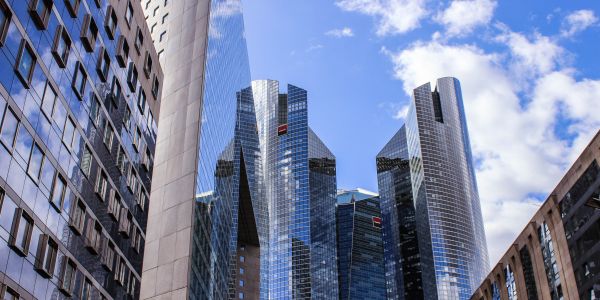
Located in the western suburb of Paris in the Hauts de Seine Department, the Defense district is one of the largest business districts in Europe...Read more
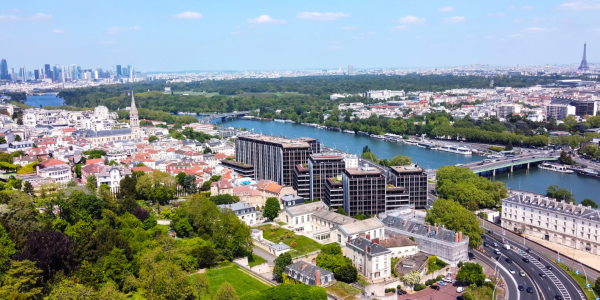
Boulogne Billancourt is a city where life is good. So close to Paris, well served by metro line 9, soon to be line 15...Read more
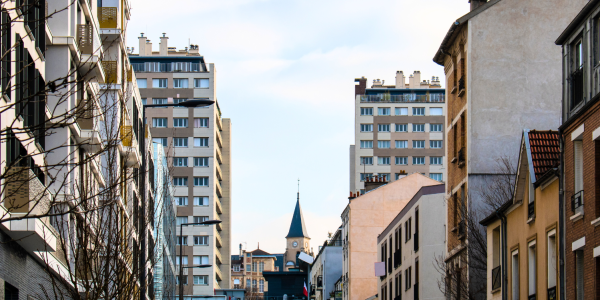
Located southwest of Paris, Issy-les-Moulineaux is one of the major hubs of the French IT industry... Read more
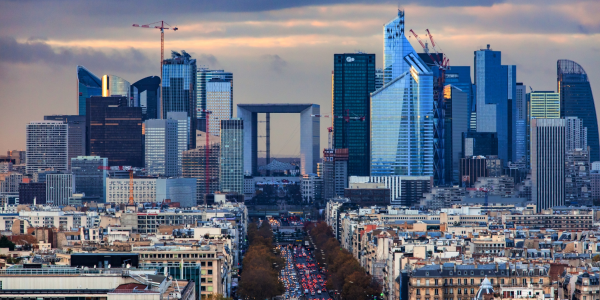
Neuilly-sur-Seine Neuilly is the chic suburb of Paris. It is located in the Hauts-de-Seine department, near the 16th arrondissement...Read more
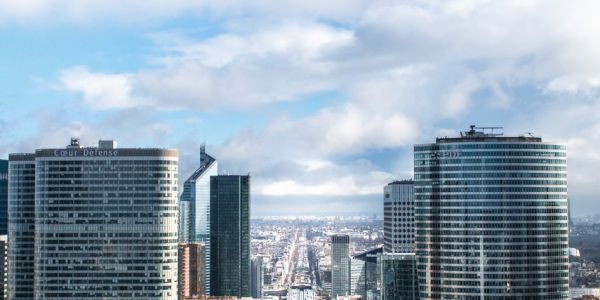
Courbevoie is a modern city located close to La Défense Business District and offers many modern amenities, parks, and handy transportation... Read more
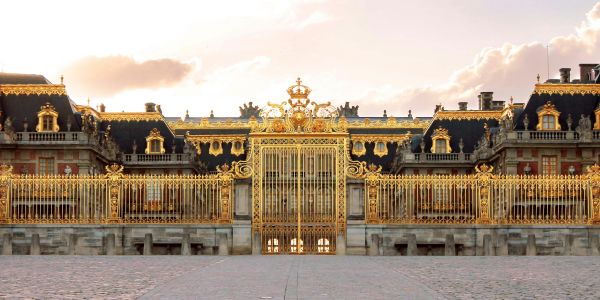
Versailles, only 20 km southwest of central Paris, is a charming and historically rich district, known for its opulent château and vast gardens, read more

Vincennes, located in the eastern suburbs of Paris, is renowned for its 14th-century Château de Vincennes, the Bois de Vincennes...read More
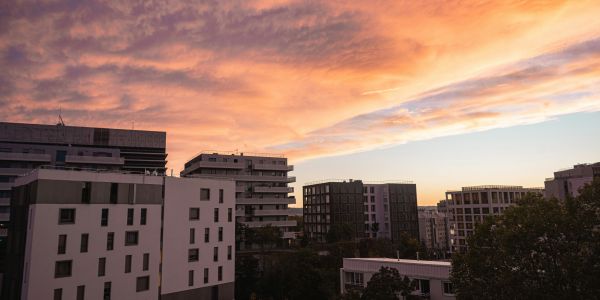
Nanterre is a vibrant and dynamic suburb located just west of Paris. It offers a unique blend of urban convenience and suburban tranquility, read more
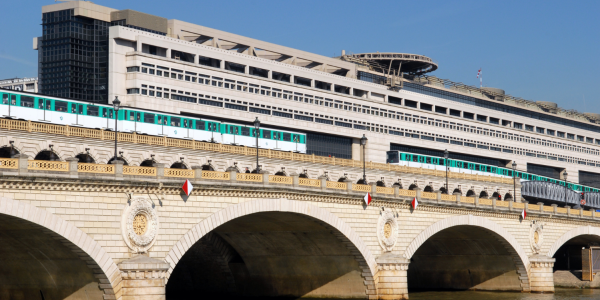
The Bercy neighborhood, also known as Bercy Village, is a vibrant district located in the 12th arrondissement of Paris...Read more
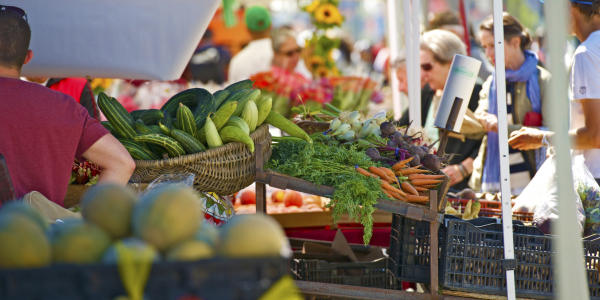
The Aligre neighborhood features both historic charm and lively energy. Famous for its lively farmers' markets...Read more
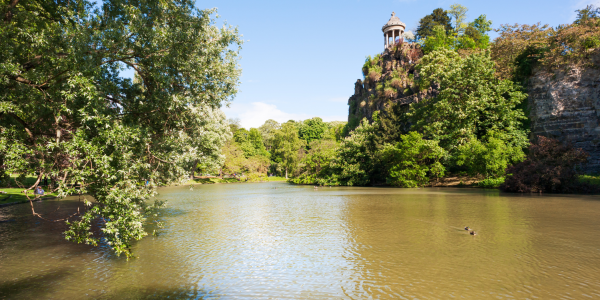
The Buttes-Chaumont neighborhood is a lively area in the 19th district of Paris, known for its beautiful Parc des Buttes-Chaumont...Read more
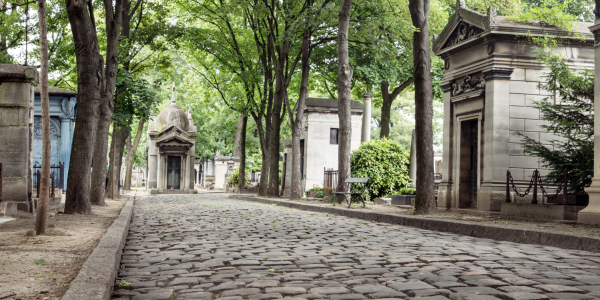
The Père-Lachaise neighborhood is located in the 20th district of Paris, named after the famous Père-Lachaise Cemetery...Read more
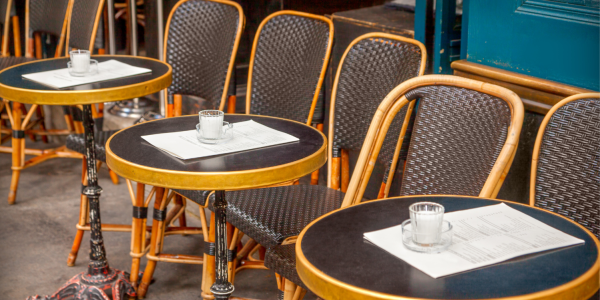
The Charonne neighborhood is a historic and village-like district located in the 20th arrondissement of Paris...Read more

